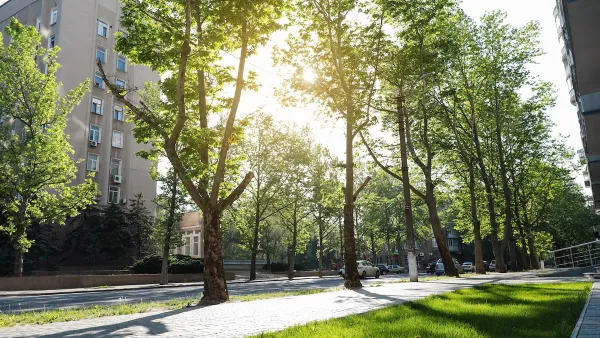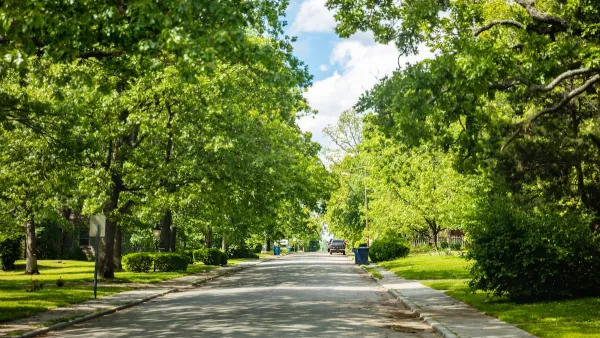Courtney Humphries takes a look at recent federal investment in research on the complex interrelationship between human settlements and the natural environment.
The field of urban research has a way of getting bogged down in the details of human politics and behavior. Questions of transit logistics, housing policy, economic development, and beyond can make long-term environmental considerations seem secondary, paramount as they are to human health and the ultimate viability of our policy choices.
Fortunately for urban ecologists, however, the National Science Foundation and U.S. Forest Service moved in 2009 to commit $6 million to projects probing the impact that cities create on the ecologies within them, giving birth to a wave of research projects that are reshaping our understanding of the environments we create.
"Many scientists see these grants, dubbed 'Urban Long-Term Research Areas: Exploratory' (ULTRA-Ex) awards, as the first step towards fostering a much-needed research network for long-term projects in urban ecology," writes Humphries.
In one such project, Boston University researcher Nathan Phillips is mapping the composition of the city's air: "Phillips and his colleagues are using data from these sites to model how carbon dioxide and other gases move through the city, and how the mix differs from the air in rural areas. The work is part of an interdisciplinary project to study Boston's 'metabolism' — how elements are exchanged between natural and human systems. Next, they plan to look at carbon in the city's soils and water, and to track the flow of water, nitrogen and pollutants. 'The goal is to understand the function of a major city,' Phillips says."
"The NSF has funded this type of work since the late 1990s, when it set up Long-Term Ecological Research (LTER) sites in Phoenix, Arizona, and Baltimore, Maryland," notes Humphries. "But such examples are rare. This year, an analysis of more than 8,000 ecological studies found that only 4% assessed densely populated areas, despite calls from some ecologists and the NSF for more investigation of how people shape environments."
Another study out of Ohio State University in Wooster has found that soil in many vacant lots in Cleveland are suitable for planting crops, promising to save millions of dollars in annual maintenance costs.
With such investments in this field of research, policymakers may soon have a better framework in which to evaluate environmentally-oriented programs. "As cities begin to take carbon regulation more seriously, 'we need to have a transparent, robust, verifiable reporting of carbon dioxide emissions', says [Lucy Huytra of Boston University]. Otherwise, cities cannot track their successes and failures."
FULL STORY: The science of cities: Life in the concrete jungle

National Parks Layoffs Will Cause Communities to Lose Billions
Thousands of essential park workers were laid off this week, just before the busy spring break season.

Retro-silient?: America’s First “Eco-burb,” The Woodlands Turns 50
A master-planned community north of Houston offers lessons on green infrastructure and resilient design, but falls short of its founder’s lofty affordability and walkability goals.

Delivering for America Plan Will Downgrade Mail Service in at Least 49.5 Percent of Zip Codes
Republican and Democrat lawmakers criticize the plan for its disproportionate negative impact on rural communities.

Test News Post 1
This is a summary

Test News Headline 46
Test for the image on the front page.

Balancing Bombs and Butterflies: How the National Guard Protects a Rare Species
The National Guard at Fort Indiantown Gap uses GIS technology and land management strategies to balance military training with conservation efforts, ensuring the survival of the rare eastern regal fritillary butterfly.
Urban Design for Planners 1: Software Tools
This six-course series explores essential urban design concepts using open source software and equips planners with the tools they need to participate fully in the urban design process.
Planning for Universal Design
Learn the tools for implementing Universal Design in planning regulations.
EMC Planning Group, Inc.
Planetizen
Planetizen
Mpact (formerly Rail~Volution)
Great Falls Development Authority, Inc.
HUDs Office of Policy Development and Research
NYU Wagner Graduate School of Public Service





























